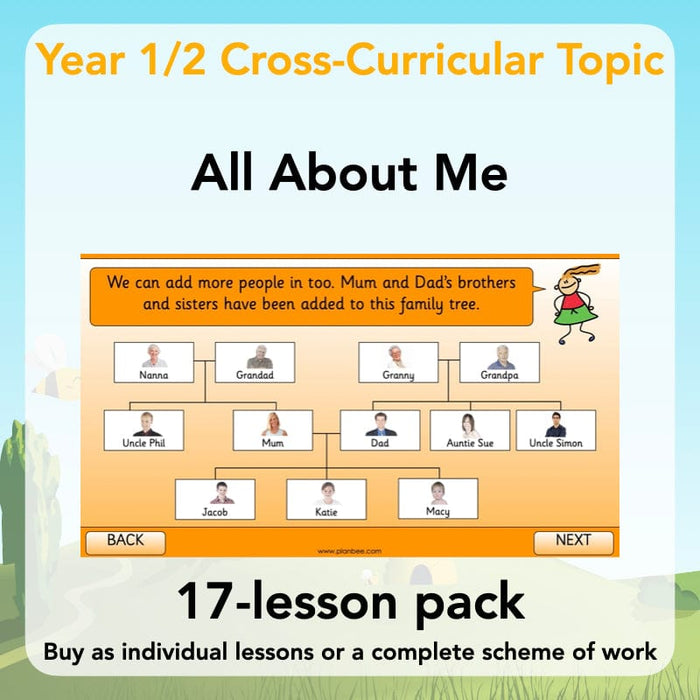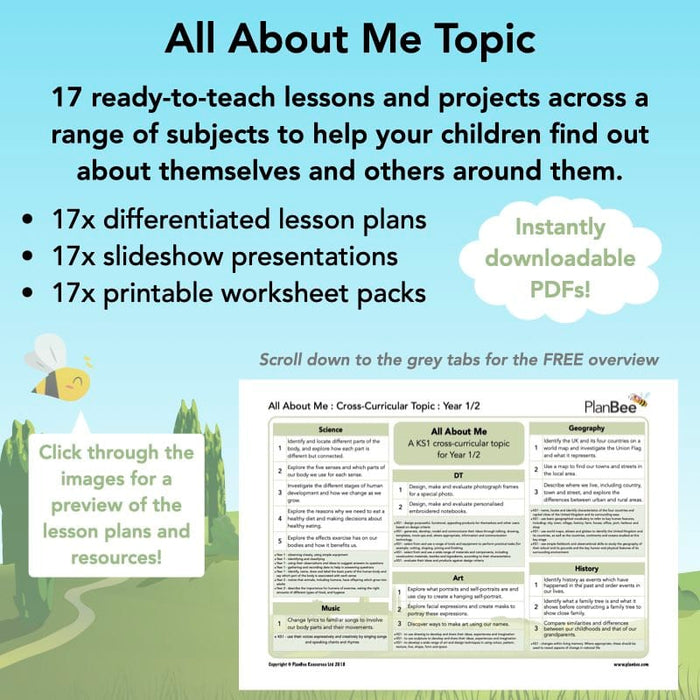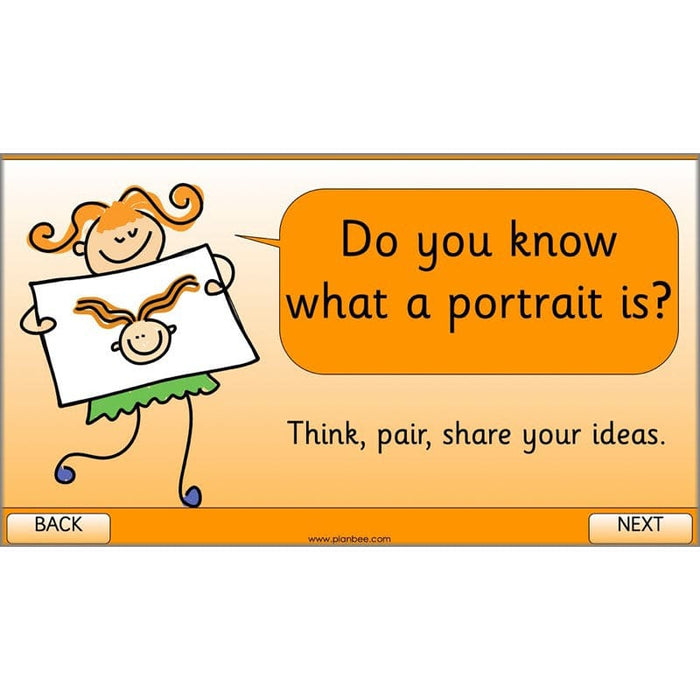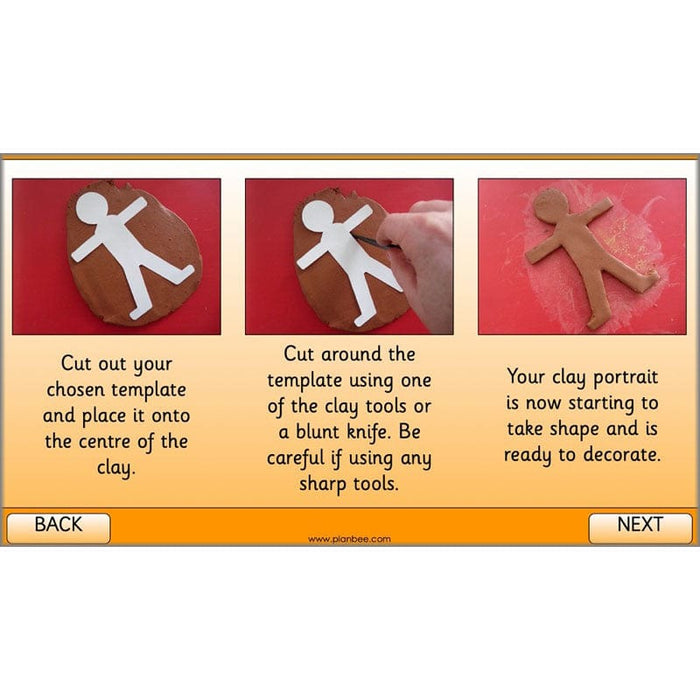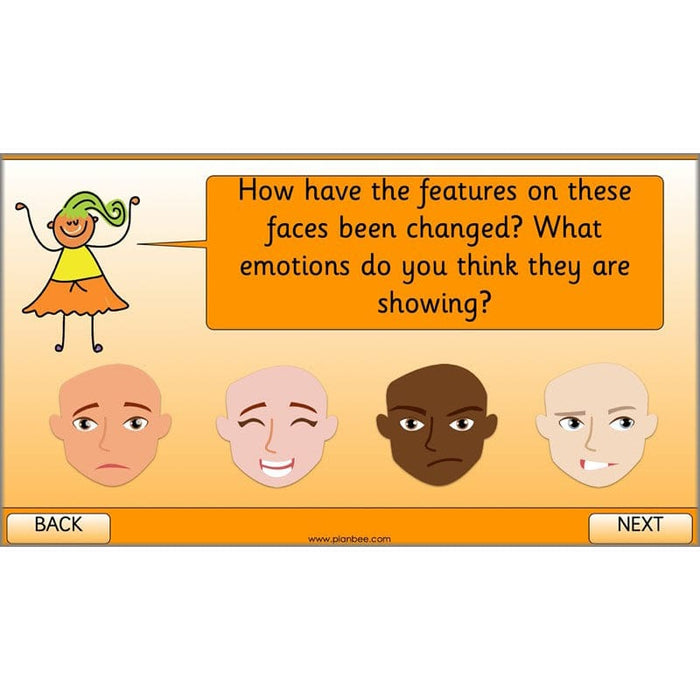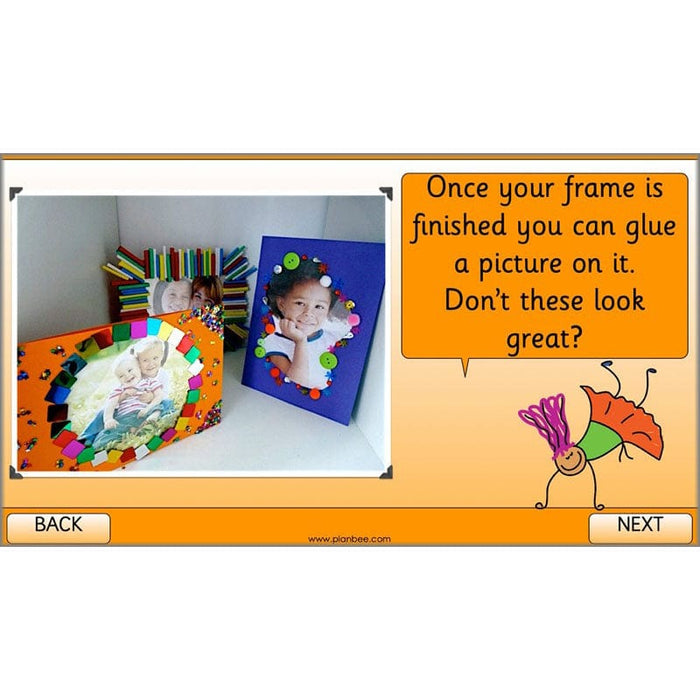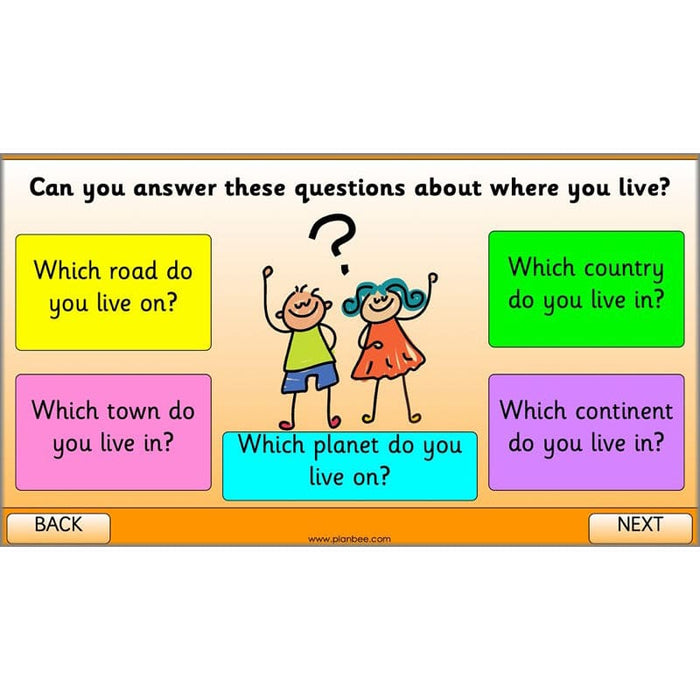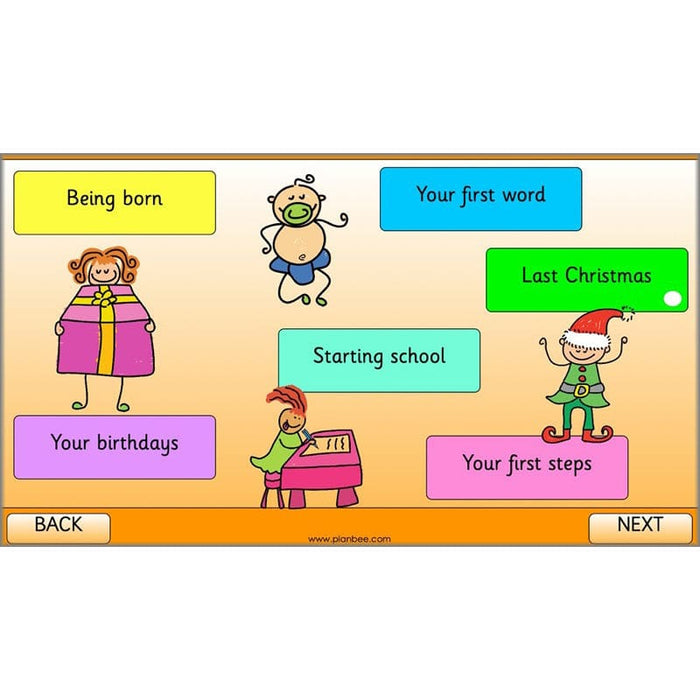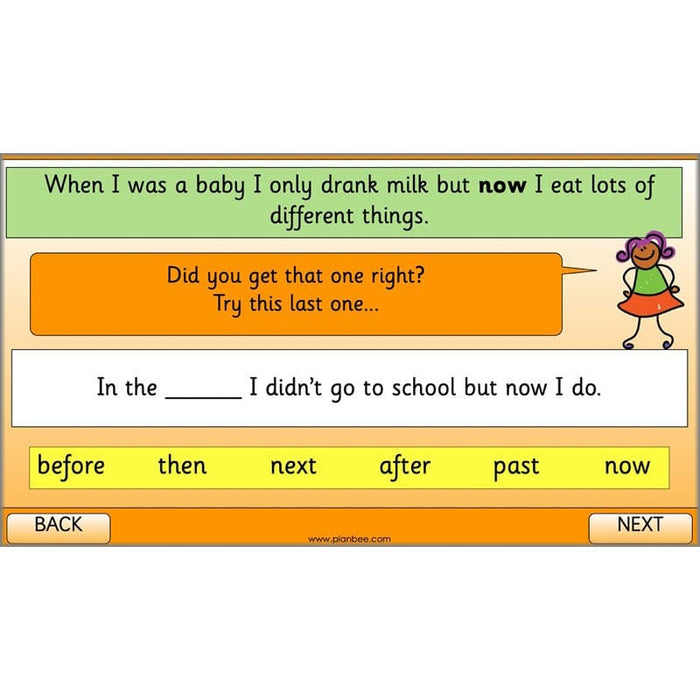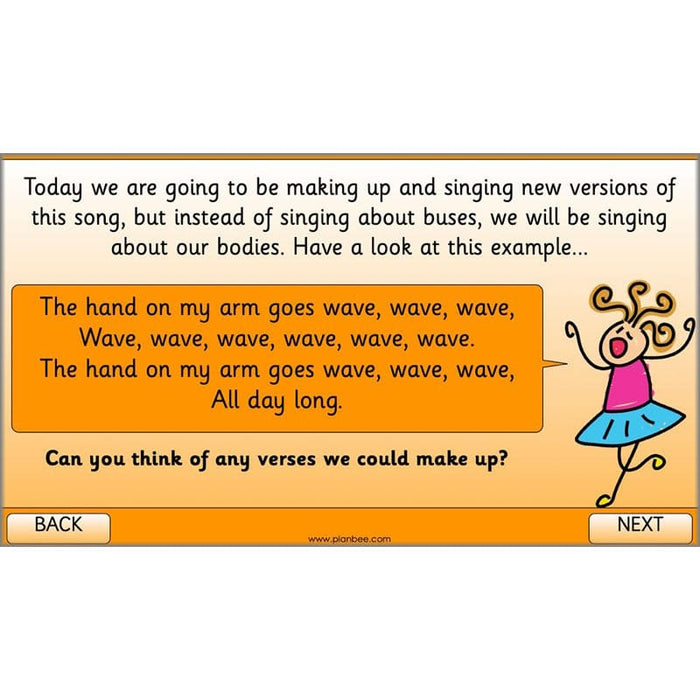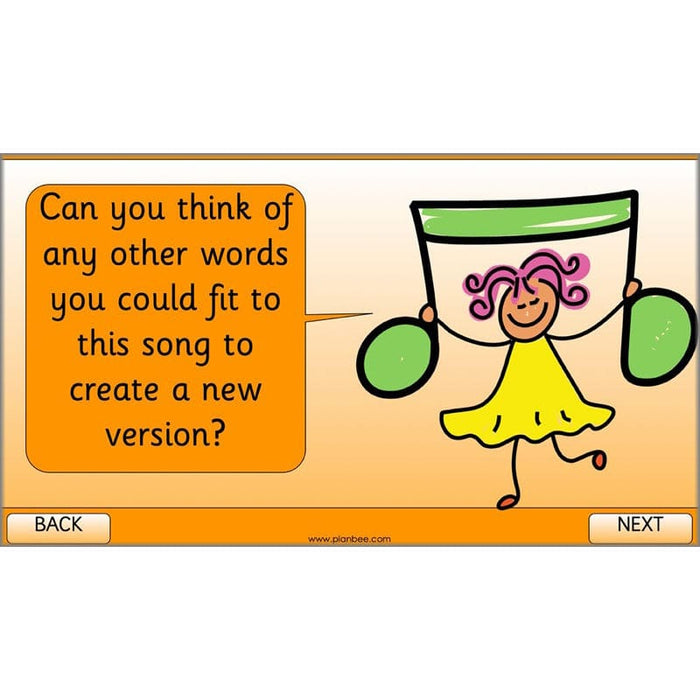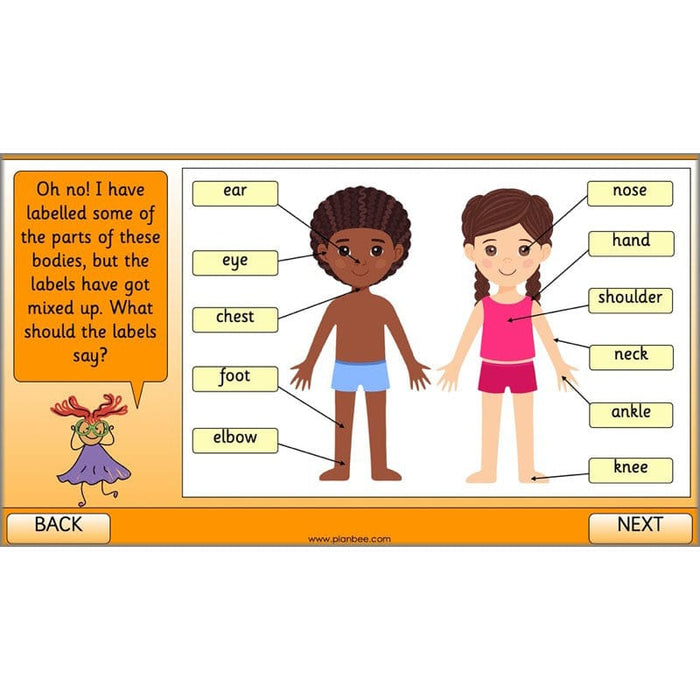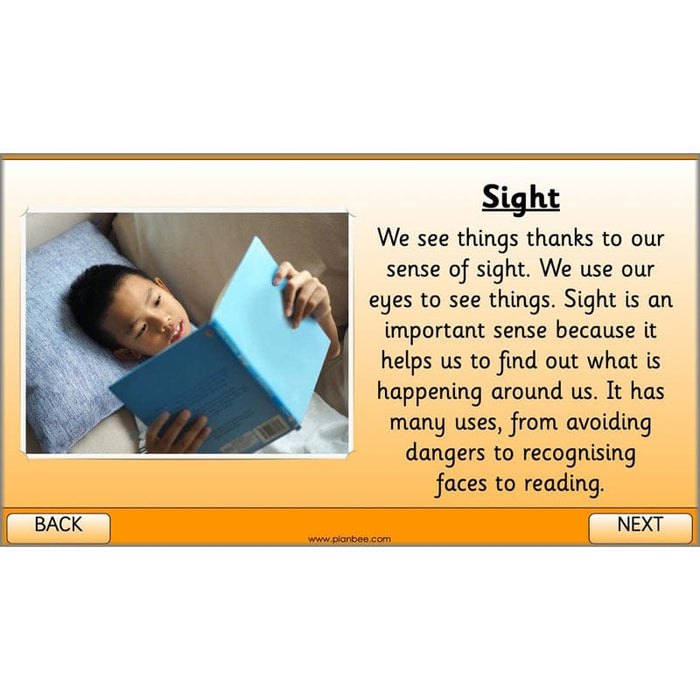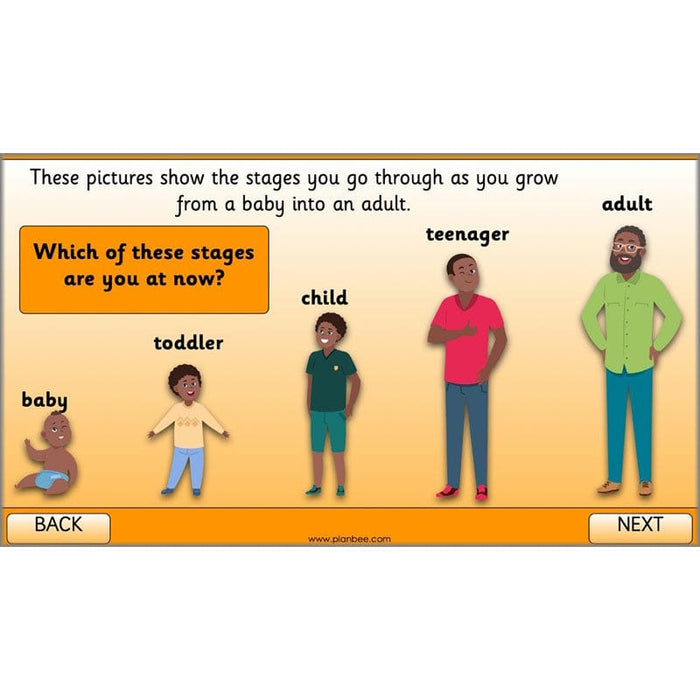Download the three complete Art lessons that form part of our 'All About Me' topic.
Download the two complete DT lessons that from part of our 'All About Me' topic.
Download the three complete Geography lessons that form part of our 'All About Me' topic.
Download the three complete History lessons that form part of our 'All About Me' topic
Download the one Music lesson that forms part of our 'All About Me' topic.
Download the five complete Science lessons that form part of our 'All About Me' topic
This creative lesson teaches your class how to use clay to create their own hanging clay self-portraits. After looking at what portraits and self-portraits are and how they are used by artists, they will then have the chance to design and make their own self-portrait out of clay. They can even create a portrait showing what they want to be when they grow up!
What's included:
- Lesson plan
- Slides
- Activity ideas
- People templates
- Differentiated worksheets
After thinking about what emotions are and how they are feeling today, your class will look at lots of different facial expressions to see what emotions are being portrayed. They will then find out how to translate these into drawings, as well as how colours can be used artistically to portray emotions. They then follow the step-by-step process for making an emotions mask portraying two contrasting emotions.
What's included:
- Lesson plan
- Slides
- Activity ideas
- Differentiated worksheets
- Emotions sheet
- Emotions words sheet
This expressive lesson starts by thinking about why our names are special. It then challenges your class to create artwork using their name as the basis. They will be shown how to decorate each letter of their name with objects beginning with that letter, or there is the option to create their own name plaque.
What's included:
- Lesson plan
- Slides
- Activity ideas
- Differentiated worksheets
- Letter templates
- Letter guide sheets
This lesson looks at why and how photos can be special before showing your class how to make a photo frame for a special picture of themselves or their family. The step-by-step process on the slides shows a simple way to make a sturdy frame, or they can create their own by experimenting with a variety of different materials, tools and techniques. Either way, the results are sure to be worthy of a place on the mantlepiece!
What's included:
- Lesson plan
- Slides
- Activity ideas
- Differentiated worksheets
- Photo frame templates
- Frame support templates
- Help sheets
Everyone loves having a special notebook to write secrets or doodle pictures in and this lesson will give your children the chance to design, make and evaluate their own embroidered notebooks, personalised with their initials. The slides demonstrate simple ways to do this with sewing, either using card or fabric. There are plenty of opportunities for creativity too as they choose how to decorate their notebooks.
What's included:
- Lesson plan
- Slides
- Activity ideas
- Differentiated worksheets
- Help sheet
The idea behind this lesson is to teach your class all about the country they live in. They will learn how to locate the UK on a world map and will find out about the four countries that make up the United Kingdom, and their capital cities. They will also explore the Union Jack and what it represents.
What's included:
- Lesson plan
- Slides
- Activity ideas
- Differentiated worksheets
- Union Jack template
By the end of this lesson, your class will be able to give you lots of answers when you ask them where they live. They will use maps to locate their local area, town and street, as well as local landmarks. There is the option to create fun booklets stating which planet, continent, country, town and road they live on, or some challenging questions that will get them delving into their maps.
What's included:
- Lesson plan
- Slides
- Activity ideas
- Differentiated worksheets
- Question sheet
This lesson recaps the responses that can be given to the question 'Where do you live?' before taking a closer look at what their local area is like. They will explore the differences between rural and urban areas and decide which best describes their locality. They can also explore the different services and landmarks their local city, town or village has to offer.
What's included:
- Lesson plan
- Slides
- Activity ideas
- Differentiated worksheets
- Word cards
This lesson starts by identifying history as the study of things that have happened in the past. Your class will then think about all the major events that have happened to them in their lives, such as starting school or learning to walk, before putting these events into chronological order using appropriate vocabulary. They can make timelines of their lives or think about things that have happened in the past, things that happen today and things that might happen to them in the future.
What's included:
- Lesson plan
- Slides
- Activity ideas
- Differentiated worksheets
- Timeline cards
- Event cards
After learning what a family tree is, your class will explore some examples to find out what the various relationships between different people are. They then have the opportunity to create their very own family trees to show how their family members are linked to each other.
What's included:
- Lesson plan
- Slides
- Activity ideas
- Differentiated worksheets
- Family tree cards
- Family tree sheet
This interesting lesson introduces your class to a pair of friendly grandparents who describe what life was like for them when they were children. Your class will then think about what is similar and what is different between their own lives and the lives of their grandparents when they children, exploring areas such as food, toys and technology.
What's included:
- Lesson plan
- Slides
- Activity ideas
- Differentiated worksheets
- Picture cards
This lesson uses songs that the children are familiar with (namely 'The Wheels on the Bus' and 'Heads, Shoulders, Knees and Toes') and allows them to change the words to create their own versions relating to their bodies. Consolidating knowledge of different parts, your children will make up verses such as 'The hand on my arm goes wave, wave, wave,' or 'Hips, ankles, chin and cheeks, chin and cheeks'. They can then rehearse their new songs as a group, ready to perform for others!
What's included:
- Lesson plan
- Slides
- Activity ideas
- Worksheets
- Verse cards
- Planning cards
- Body part cards
- Two backing tracks
Do your class know their elbows from their shoulders or their cheeks from their chins? If not, they will do after this lesson! Your children will explore the different parts of the human body and how they are connected, before putting their knowledge of different body parts to the test through various activities.
What's included:
- Lesson plan
- Slides
- Activity ideas
- Differentiated worksheets
- Body part labels
- Body match game cards
This lesson will teach your class what the five senses are and why they are important, before looking at sight, sound, touch, taste and smell in more detail and finding out which part of the body is used for each sense. There is also the opportunity for lots of hands-on activities that will help them to use their senses to explore the world around them.
What's included:
- Lesson plan
- Slides
- Activity ideas
- Differentiated worksheets
- Sentence cards
- Senses cards
This lesson explores the stages of human development. Your class will think about what they were able to do when they were babies and toddlers, what they can do now as children, and what will happen to them as they grow into teenagers and adults. There is also the chance to measure themselves to see how tall they are and compare their height to that of others.
Please note that this lesson is identical to the ‘Growing Up’ lesson with our Year 2 ‘Growth and Survival’ Science lessons.
What's included:
- Lesson plan
- Slides
- Activity ideas
- Differentiated worksheets
The human body is an amazing thing and this lesson will teach your class the importance of diet for keeping their bodies healthy. Using the balanced plate model, your class will find out which foods they should eat most and least, before designing healthy meals. They can also create deliciously appetising fruit and veg pictures!
Please note that this lesson is identical to the ‘Growing Up’ lesson with our Year 2 ‘Growth and Survival’ Science lessons.
What's included:
- Lesson plan
- Slides
- Activity ideas
- Differentiated worksheets
- Picture cards
- Balanced plate sheet
After an active start to the lesson, your class will find out how exercise affects the body and the benefits of this, from healthy hearts and lungs to strong muscles. They will also think about different kinds of exercises and sports and the parts of the body that are used for each one.
Please note that this lesson is identical to the ‘Growing Up’ lesson with our Year 2 ‘Growth and Survival’ Science lessons.
What's included:
- Lesson plan
- Slides
- Activity ideas
- Differentiated worksheets
- Picture cards
<<
-
free overview (medium-term plan)
...
-
free assessment grid
...
-
curriculum objectives covered
...
>>
Download a free overview to support your teaching of this scheme of work.
Download a free, editable assessment grid to support your teaching of this scheme of work.
Art Objectives:
- KS1 - to use drawing to develop and share their ideas, experiences and imagination
- KS1 - to use sculpture to develop and share their ideas, experiences and imagination
- KS1 - to develop a wide range of art and design techniques in using colour, pattern, texture, line, shape, form and space
DT Objectives:
- KS1 - design purposeful, functional, appealing products for themselves and other users based on design criteria
- KS1 - generate, develop, model and communicate their ideas through talking, drawing, templates, mock-ups and, where appropriate, information and communication technology.
- KS1 - select from and use a range of tools and equipment to perform practical tasks [for example, cutting, shaping, joining and finishing
- KS1 - select from and use a wide range of materials and components, including construction materials, textiles and ingredients, according to their characteristics
- KS1 - evaluate their ideas and products against design criteria
Geography Objectives:
- KS1 - name, locate and identify characteristics of the four countries and capital cities of the United Kingdom and its surrounding seas.
- KS1 - use basic geographical vocabulary to refer to key human features, including: city, town, village, factory, farm, house, office, port, harbour and shop
- KS1 - use world maps, atlases and globes to identify the United Kingdom and its countries, as well as the countries, continents and oceans studied at this key stage
- KS1 - use simple fieldwork and observational skills to study the geography of their school and its grounds and the key human and physical features of its surrounding environment
History Objectives:
- KS1 - changes within living memory. Where appropriate, these should be used to reveal aspects of change in national life
Music Objectives:
- KS1 - use their voices expressively and creatively by singing songs and speaking chants and rhymes
Science Objectives:
Year 1/2 Working Scientifically Objectives
- observing closely, using simple equipment
- identifying and classifying
- using their observations and ideas to suggest answers to questions
- gathering and recording data to help in answering questions
Year 1 Animals, including Humans Objectives
- identify, name, draw and label the basic parts of the human body and say which part of the body is associated with each sense
Year 2 Animals, including Humans Objectives
- notice that animals, including humans, have offspring which grow into adults
- describe the importance for humans of exercise, eating the right amounts of different types of food, and hygiene


